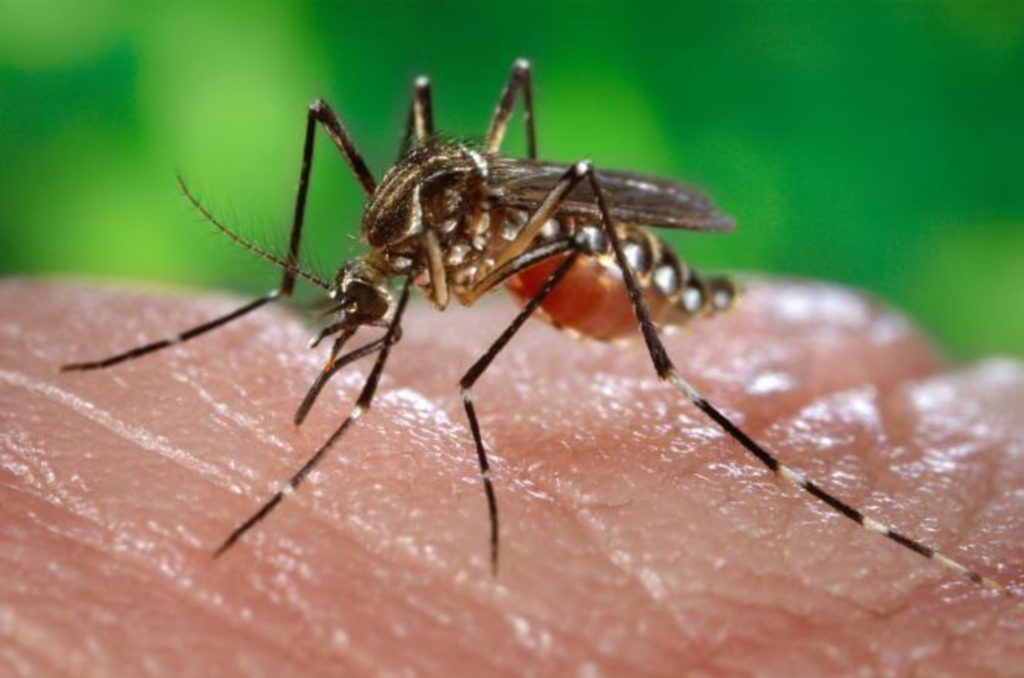 The Zika virus spreads to people primarily through the bite of an infected Aedes species mosquito (Ae. aegypti and Ae. albopictus), but can also be spread during sex by a person infected with Zika to sex partners. Many people infected with Zika won’t have symptoms, but for those who do, the illness is usually mild with symptoms lasting from several days to a week. The most common symptoms of Zika are fever, rash, joint pain, and conjunctivitis (red eyes). Severe disease requiring hospitalization is uncommon. However, Zika infection during pregnancy can cause a serious birth defect of the brain called microcephaly and other severe fetal brain defects. Until more is known, CDC recommends that pregnant women avoid traveling to areas with Zika.
The Zika virus spreads to people primarily through the bite of an infected Aedes species mosquito (Ae. aegypti and Ae. albopictus), but can also be spread during sex by a person infected with Zika to sex partners. Many people infected with Zika won’t have symptoms, but for those who do, the illness is usually mild with symptoms lasting from several days to a week. The most common symptoms of Zika are fever, rash, joint pain, and conjunctivitis (red eyes). Severe disease requiring hospitalization is uncommon. However, Zika infection during pregnancy can cause a serious birth defect of the brain called microcephaly and other severe fetal brain defects. Until more is known, CDC recommends that pregnant women avoid traveling to areas with Zika.
Outbreaks of Zika are occurring in many countries and territories, and because the mosquitoes that spread Zika virus are found throughout the world, it is likely that outbreaks will spread to new countries. On Feb. 1, 2016 the World Health Organization (WHO) declared a Public Health Emergency of International Concern because of clusters of microcephaly and other neurological disorders in some areas affected by Zika. To date, Zika has not been spread by mosquitoes in the continental United States. However, lab tests have confirmed Zika virus in travelers returning to the United States and in some non-travelers who got Zika through sex with a traveler. Additionally, local transmission of Zika has been reported in US territories, including the Commonwealth of Puerto Rico, the US Virgin Islands, and American Samoa.
